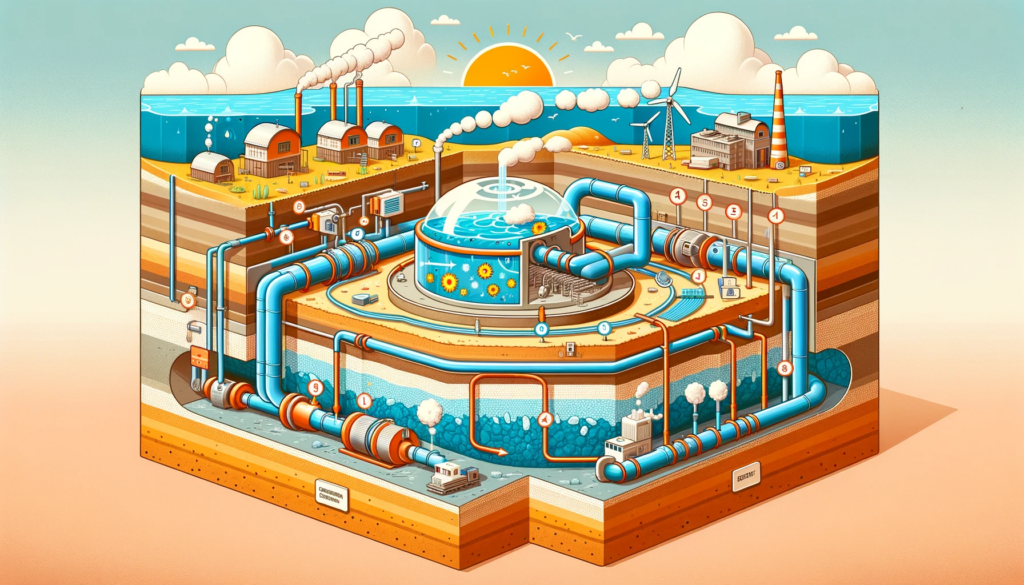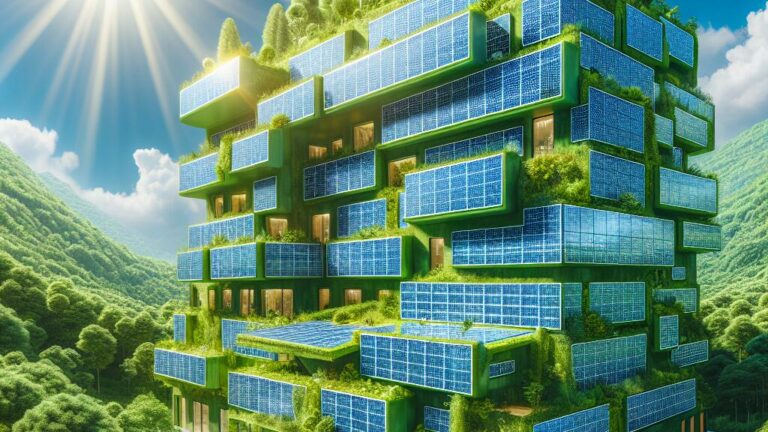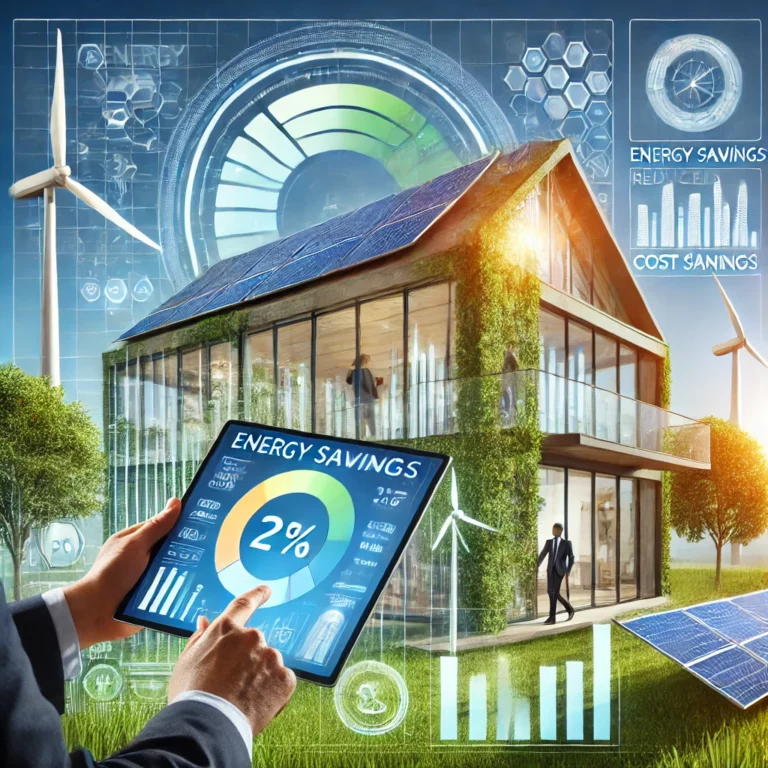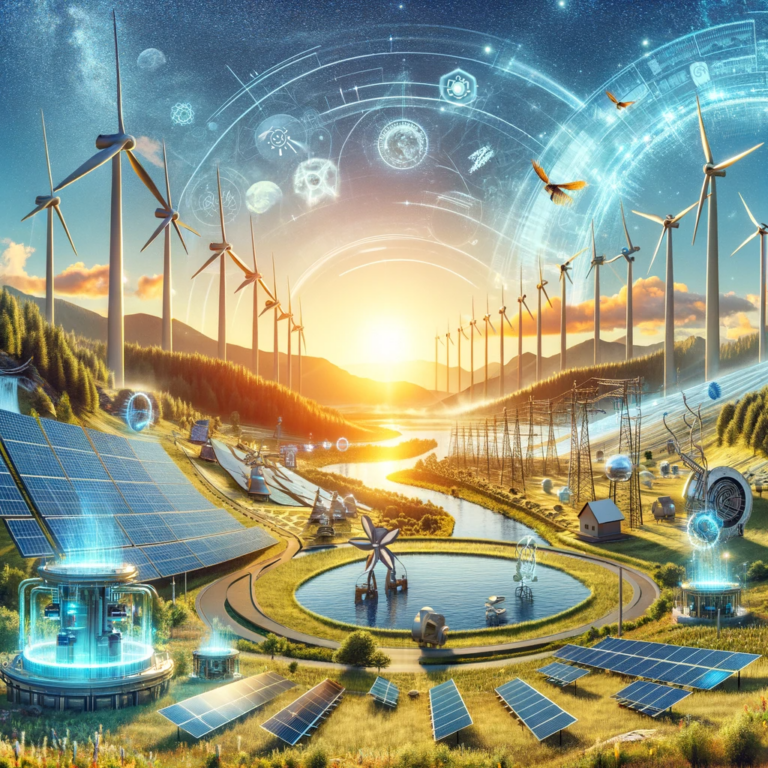Geothermal Power Plants and How They Work
Sustainable energy has taken the spotlight in recent years, and for a compelling reason. As the world seeks cleaner and more efficient ways to power our lives, geothermal power plants have emerged as a promising source of renewable energy. In this article, we will delve into the intriguing world of geothermal power plants, exploring their operational mechanisms and their impact on energy bills.

Understanding Geothermal Power Plants
Geothermal power plants belong to the family of renewable energy facilities that harness the Earth’s internal heat to generate electricity. Unlike solar or wind energy, which depend on external sources, geothermal power plants tap into the Earth’s intrinsic geothermal energy.
Varieties of Geothermal Power Plants
Geothermal power plants come in three primary types: dry steam plants, flash steam plants, and binary cycle power plants. Each variety employs distinct methods to harness the Earth’s geothermal heat and convert it into electricity.
- Dry Steam Power Plants: These plants draw from high-temperature geothermal reservoirs containing hot water and steam, often located deep within the Earth. The steam is directly employed to propel a turbine, thus generating electricity.
- Flash Steam Power Plants: Flash steam plants are the most prevalent type of geothermal power plants. They utilize geothermal reservoirs of hot water with temperatures surpassing their boiling points. The sudden pressure reduction induces the water to “flash” into steam, which, in turn, powers a turbine to generate electricity.
- Binary Cycle Power Plants: These plants are designed to work with lower-temperature geothermal reservoirs and a heat exchanger. A secondary fluid with a lower boiling point than water is heated by the geothermal fluid, resulting in vaporization that drives a turbine to produce electricity.
The Inner Workings of Geothermal Power Plants
Geothermal power plants derive their energy from geothermal reservoirs within the Earth, akin to nature’s geysers, which provide a steady source of high-temperature geothermal fluid.
In dry steam power plants, the steam from the reservoir is directly channeled to a turbine, setting it in motion. As the turbine spins, it powers a generator that produces electricity. This electricity is then transmitted to the grid for distribution.
On the other hand, flash steam power plants employ high-pressure geothermal fluid to create steam that propels the turbine. The remaining geothermal fluid is reintroduced into the Earth to sustain reservoir pressure.
Binary cycle power plants utilize a secondary fluid with a lower boiling point than water. This secondary fluid is heated by the geothermal fluid in a heat exchanger, causing it to vaporize and drive the turbine. The geothermal fluid is returned to the reservoir for potential reuse.
Environmental Advantages
One of the key merits of geothermal power plants is their minimal environmental impact. They generate electricity without emitting greenhouse gases, establishing them as a clean and sustainable energy source. In contrast to fossil fuel-based power plants, geothermal plants do not contribute to air pollution or global warming.
Furthermore, geothermal power plants occupy a smaller footprint compared to solar and wind farms. They can be situated near urban areas, reducing the need for extensive transmission lines and mitigating energy loss during transportation.
Geothermal Power Plants and Energy Bills
Geothermal power plants hold the potential to significantly reduce energy bills for both residential and industrial consumers. By harnessing the Earth’s natural heat, these power plants provide a reliable source of electricity. This consistency in electricity generation can lead to long-term reductions in energy costs.
Moreover, some homeowners utilize geothermal heat pumps for heating and cooling purposes. These systems leverage the Earth’s constant temperature to efficiently cool buildings in the summer and provide heat in the winter, resulting in further energy savings.
The Future of Geothermal Energy
The Department of Energy, among other institutions, is actively exploring enhanced geothermal systems (EGS) to expand the utilization of geothermal energy. EGS entails the creation of geothermal reservoirs where none exist naturally, opening new possibilities for geothermal electricity production.
In the United States, the largest geothermal power plants are located at “The Geysers” in California. These plants employ dry steam to generate electricity and have been in operation for several decades.
In Conclusion
Geothermal power plants offer a sustainable and ecologically friendly solution to our electricity requirements. They tap into the Earth’s internal heat, providing a continuous source of renewable energy. As technology advances and more geothermal plants come online, we can anticipate reduced energy bills and decreased greenhouse gas emissions.
In a world increasingly focused on energy efficiency and reducing our carbon footprint, geothermal power plants are leading the charge. By harnessing the Earth’s natural heat, we can generate electricity, regulate building temperatures, and conserve energy while minimizing our environmental impact. Sustainable energy is not just a catchphrase; it’s a reality, and geothermal power plants are at the forefront of this transformation.






